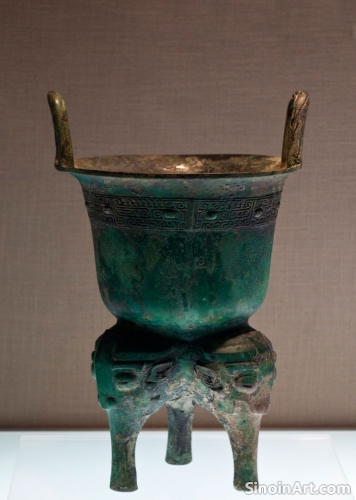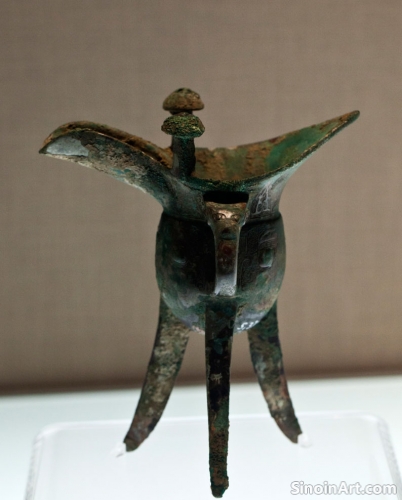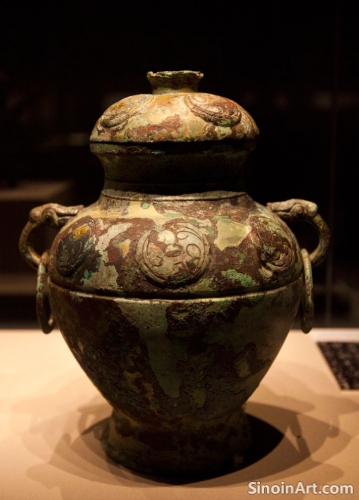The Art of Bronze Casting: Techniques and Innovations in Ancient China
|
The art of bronze casting in ancient China represents a remarkable achievement in metallurgy and craftsmanship. The development of intricate casting techniques, from the early use of simple molds to the complex lost-wax method, showcases the ingenuity and innovative spirit of ancient Chinese metalworkers. These innovations helped to shape the course of Chinese art for many years to come.  The piece-mold method, involving the use of multiple clay mold pieces to create more complex designs, was widely used, allowing for the fabrication of vessels with detailed decorations and intricate forms. The ability to create these objects highlights the mastery of mold creation and the use of innovative casting techniques.  The lost-wax casting method, which utilized a wax model that was then encased in clay, was used to create highly detailed and individualized objects, which was particularly valuable for the creation of complex figures and designs. The skill needed to create these objects is still admired today. The innovative techniques of the bronze workers allowed for the creation of intricate and detailed works of art.  The control of temperature and the careful mixing of bronze alloys were also crucial aspects of the casting process, ensuring the production of high-quality objects. The careful monitoring of the casting process helped to ensure a reliable and high-quality output. The study of these casting techniques helps to provide a better understanding of the ingenuity and the skill of ancient Chinese metalworkers. The careful management of both materials and techniques allowed these workers to create objects that are still admired to this day. |
Tag : bronze casting, ancient Chinese metallurgy, lost-wax casting, piece-mold technique, bronze art
Related information
- Bronze Ware and Ancient Chinese Beliefs About the Afterlife: Providing for the Journey and Eternal Life
- Bronze Ware and the Development of Ancient Chinese Writing Systems
- Bronze Ware and Ancient Chinese Notions of Heaven and Earth: A Cosmic Worldview
- Bronze Ware and the Transmission of Ancient Chinese Technical Knowledge: Tools, Techniques, and Innovation
- Bronze Ware and the Representation of Power in Ancient Chinese Royal Tombs: Scale, Detail, and Symbolism
This article explores the use of bronze ware in ancient Chinese tombs, highlighting its role in providing for the deceased's journey into the afterlife, offering protection, and reflecting beliefs about continuity and eternal existence.
This article explores the relationship between bronze ware and the development of ancient Chinese writing systems, highlighting the earliest forms of writing on bronze, the evolution of script styles, and the importance of these inscriptions in understanding early Chinese language.
This article explores how bronze ware reflected ancient Chinese concepts of the cosmos, highlighting the integration of celestial symbols, the use of balanced forms, and the interplay between human activities and the perceived order of the universe.
This article explores the transmission of technical knowledge through the production of bronze ware in ancient China, highlighting the process of apprenticeship, the mastery of materials, the development of techniques, and how this knowledge shaped other forms of technical and artistic innovation.
This article explores the use of bronze ware in ancient Chinese royal tombs, highlighting its role in conveying power and wealth, its use of scale and detail, its symbolic designs, and how these objects were intended to ensure the continued recognition of the deceased in the afterlife.